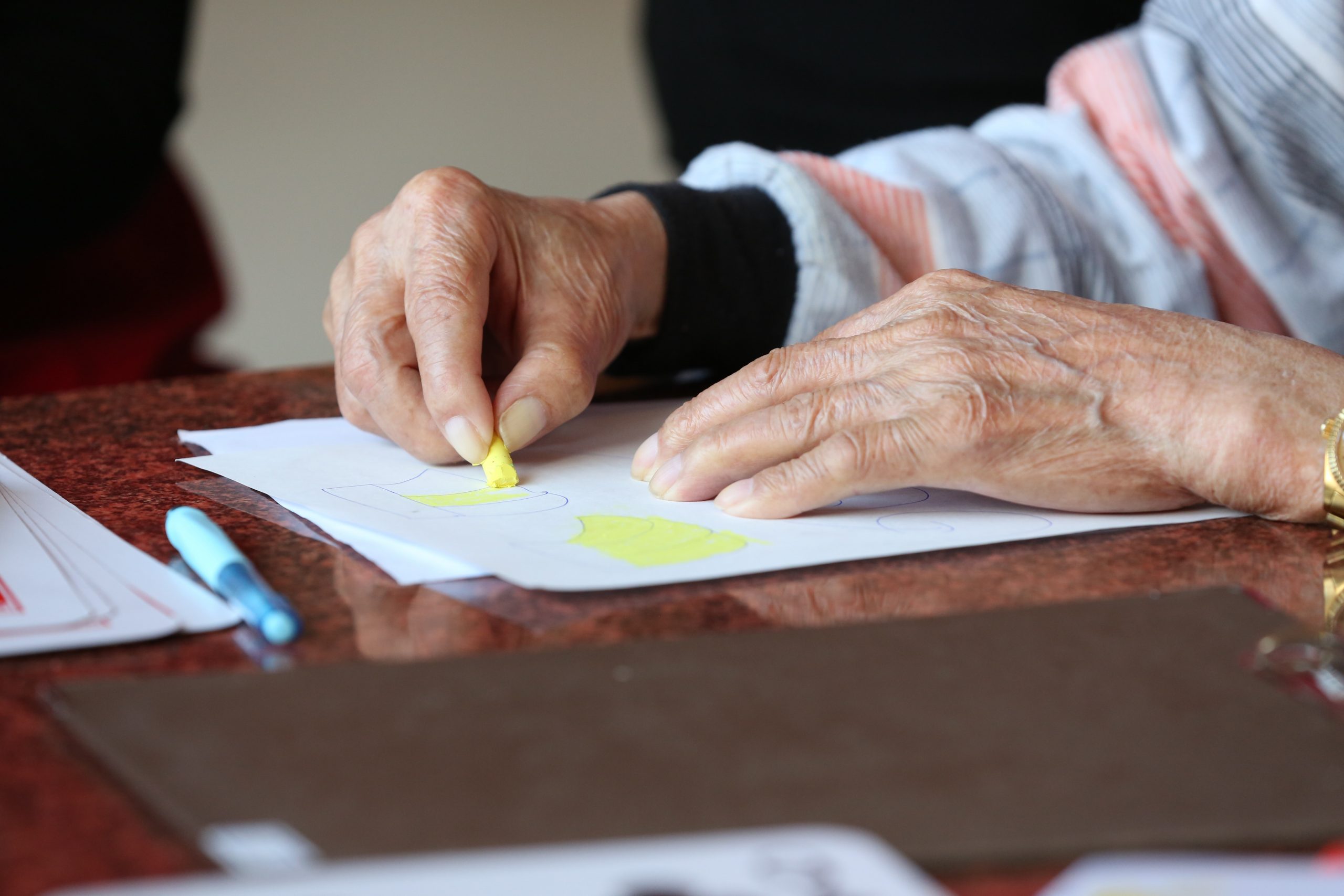For Your Safety - Screening, masks, and sanitation will continue to be implemented at our facility. Please see our blog post for more information.
There are many different types of arthritis, however, the most common is osteoarthritis, also known as degenerative arthritis of the joints. Osteoarthritis is a very common condition treated by physiotherapists, however, a lot of people do not realize that successful treatment is available.
Osteoarthritis most commonly occurs in the neck, back, hips, and knees. Osteoarthritis involves the roughening and thinning of the cartilage covering the ends of bones. Where the ends of two bones meet is called a joint. Bone spurring and inflammation of the soft tissues around the joint also characterize arthritis. Early on in the disease, pain occurs around the joint that is affected, but is usually relieved by rest. As the disease progresses, pain occurs much easier, and is not relieved by rest, and is often worse at night.
There are many factors that contribute and cause osteoarthritis. There are genetic and hormonal factors, and osteoarthritis is certainly more common with advancing age. Osteoarthritis is not the inevitable result of aging, however. Other very important factors include previous injuries, poor posture, lack of physical activity, and obesity.
Osteoarthritis does not have to be painful. Often the doctor takes an x-ray and says “ah yes, I know why you have pain, you have arthritis, look here on the x-ray”. And the person says “but Dr. I’ve only had pain in the last month or so”. The degenerative changes have been there much longer than a month. It becomes painful as the disease progresses and if the causes are not being addressed, for example, bad posture or inactivity, then arthritis will worsen. There are lots of people who have some arthritis and do not know it because they have never had any symptoms. It is not always a matter of if you have arthritis or not, it is a matter of the degree of the degenerative changes. Having said that, however, there are lots of people with bad arthritis on x-ray that have no symptoms.
A physiotherapy treatment program is often very successful in controlling the pain of arthritis, and increasing a patient’s function and quality of activities for daily life. A typical physiotherapy treatment program would consist of the following:
- gentle strengthening exercises for the muscles
- gentle exercises to increase motion of the affected joint
- development of a home exercise program
- treatment to reduce the pain and inflammation, such as ultrasound, gentle electrical currents, cold or heat, and acupuncture
- patient education regarding tips on reducing stress on the affected joints, for example, proper lifting techniques
- assessing the need for supportive devices, such as a brace or custom foot orthotics
Is a physiotherapy program effective in treating patients with osteoarthritis?
This question was addressed in a 1998 clinical study in a prominent medical journal. In this study, 200 patients were divided into two treatment groups. The first group received education and medication from their physician. The second group received treatment from their physician and a 12-week physiotherapy program. At the 12 weeks, the group receiving both physiotherapy and physician care showed significantly less pain and disability. Therefore, the physiotherapist working along with the physician is an effective approach for osteoarthritis.
Enjoy the benefits of physiotherapy and get back to what you love. Don’t suffer needlessly. The physiotherapists at Corydon Physiotherapy would be happy to answer any further questions. Please contact us.
By Kelly Milan, BMR, PT ©

